Juliette van Dormael about “Mon ange”
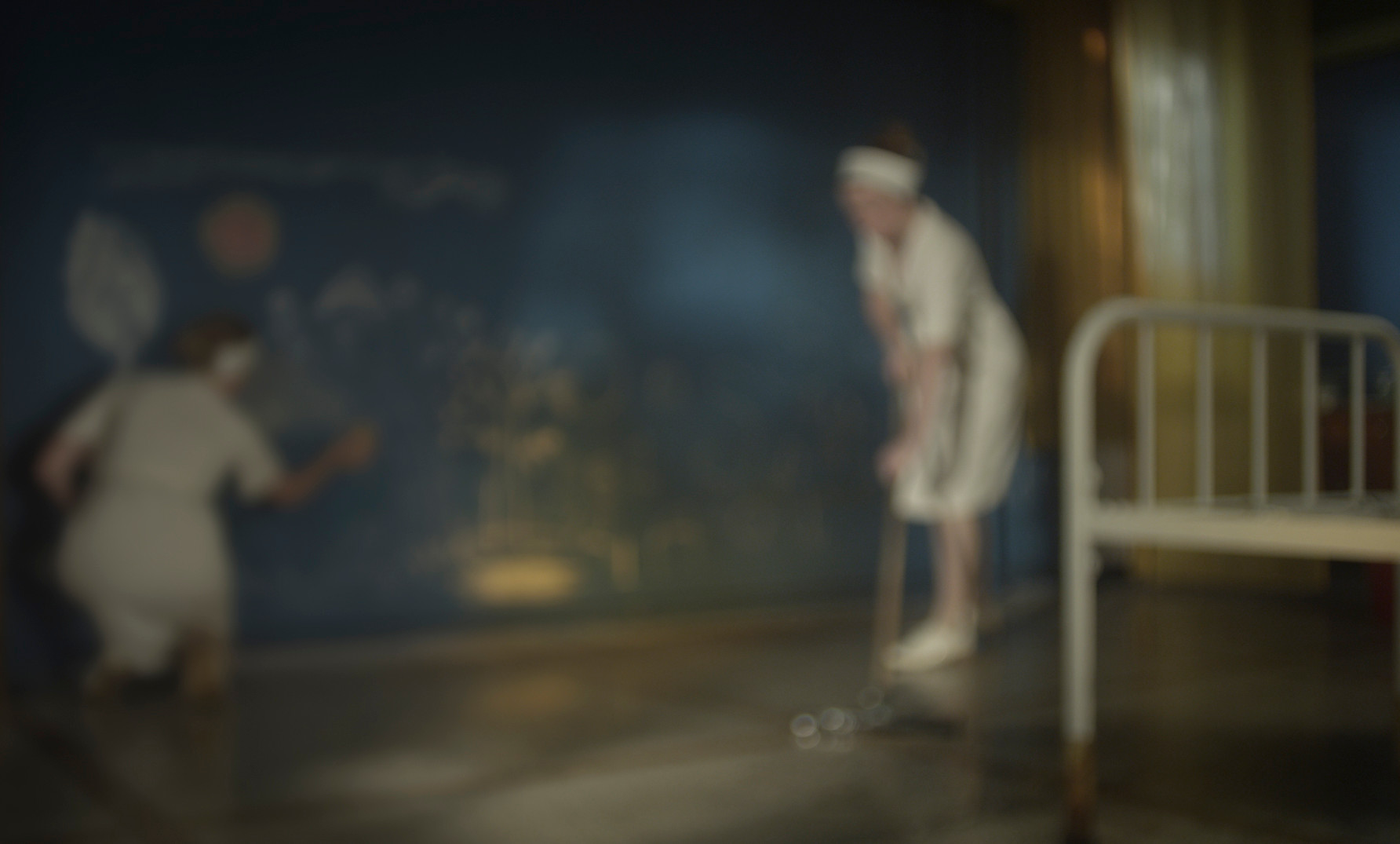
Juliette Van Dormael is a young Belgian DOP. She is only twenty five years old and yet she already has won the Best Cinematographer’s Debut award at CamerImage for her first feature film, Mon ange, by Harry Cleven. Previously she had already signed the photography of several short-films , noticed in Belgian and international festivals : Mouette (2013) and Jay parmi les hommes (2014) by Zeno Graton, Anima by Simon Gillard (2013) and Tryptique by Camille Mikolacjczak (2014).

Title : Mon ange
Director : Harry Cleven
Production companies : Terra Incognita Film – Climax Film – Après le Déluge
Principal cast : Fleur Geffrier – Elina Löwensöhn – Maya Dory – Hanna Boudru
How did you become cinematographer at such a young age?
JVD : I studied at Insas between 2008 and 2013. I always had wanted to be a cinematographer ever since I was fifteen , during the shoot of my father’s film, Mr Nobody. The shoot lasted all summer in Brussels and I spent observing it. Christophe Beaucarne’s work really impressed me. After that I started to take photography lessons, then I was admitted at Insas at seventeen, after my secondary school. It has been three years since I graduated and one year since “Mon ange” has been shot.
Could you tell us about the story ?
JVD : For me it’s a real tale, an odd and dream-like story. It allowed me to try out a lot of things visually. A women in a psychiatric hospital gives birth to an invisible baby. One day, he is old enough to look out the window and in front of the house across the street he sees a girl, Madeleine. She is blind and the only one who can “see him”. The story poses the question : “if nobody can see us, do we really exists ?”
How did you come to work on this project ?
JVD : Two years ago, Harry told me about the script. Jaco was producing the film. We knew the budget would be low. We were discussing the project and Harry told me that he wanted to work with me. He had seen the shorts films I had photographed and one that I had directed. We used to talk a lot: Harry, Jaco and I about cinema, about what we liked and so it happened very naturally.
How was it to work together ? Is it difficult to work with someone from another generation ?
JVD : Harry and I we have known each other for a long time. Our collaboration went fine. I was very happy to have the opportunity to shoot my first full-length film at 24.
I think the mix of generations on set was beneficial to us. Harry was used to film shoots , actors etc… He was at ease. Me, I tried to be the most ready I could be. There was a lot to anticipate.
We would listen to each other a lot. We took our time during the prep and the shoot. We wanted to try a lot of thing and to let the other be free.
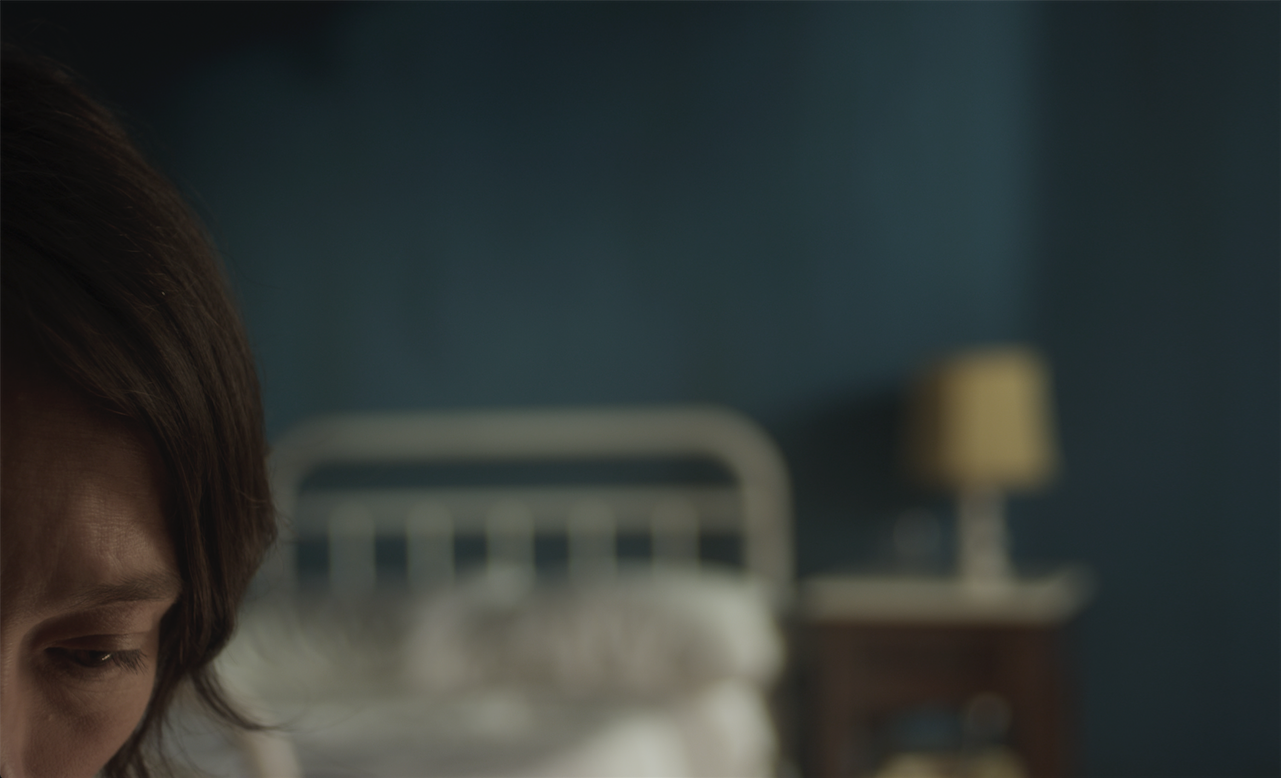
How was the prep ?
JVD : The prep lasted a month and a half. Harry and I we would see each every other day. When I had read the script, I really wanted to take the subjective bias. I wanted the viewer to look through the eyes of the invisible character. We filmed a lot of tests together with a stills camera to realise what this subjective view would mean and to anticipate the blocking.
And then there were a lot of effects I wanted to try fitting our vision . When he blinks, cries etc.The transparency of his eyelids and what it could bring us. With Pierre de Wustemberger, my gaffer and lover, we spent a lot of nights in our flat testing things. Our flat had become a small lab and we would sent a lot of suggestions to Harry. Glycerine in front of lenses, video-projection’s tests etc…
Testing a lot of different things was very fun. We also discussed a lot with Harry and the boys from VFX : Willy Le Bleis and Marc Hericher. We wanted to do most of the effects live, on set, but we had a lot to anticipate : green screen, cleanup, rotoscoping, animation…
How do you shoot an invisible man ?
JVD : Thanks to the subjective view mostly, but also shooting scenes as a long take . We did a lot of them, even though it wasn’t always easy to light.
As the story is quite odd, I had decided to tell it using quite natural light , but with colours having a narrative role. They create distinct spaces : the hospital in blue, the love story with Madeleine in red and green.
We were inspired by photographers Saul Leiter and Sarah Moon and by Tarkovsky’s images. We exchanged a lot of references : paintings, pictures, drawings, visual and compositional ideas.
I really wanted to push further this idea of a subjective point of view : blurriness , darkness, floating or choppy camera moves regarding the character’s feelings.
The matter of representing the interactions of Mon ange with the world that surrounded him : when he is eating the spoon flies, when he grabs Madeleine, she floats through the air, under water his body appears etc… VFX was brand new for me.
Any special difficulties that had to be solved ?
JVD : The biggest challenge was to make the audience believe that Mon ange existed. I think the subjective view works very well to make him real and I am very happy to have taken this direction.
Everyday, we had new visual challenges: grip, framing, light, you name it. We did a lot of shots with effects : video projections, VFX, 360° shots, reflections, overlays, shift lenses…
In this film the visuals played a key role in supporting the narrative.
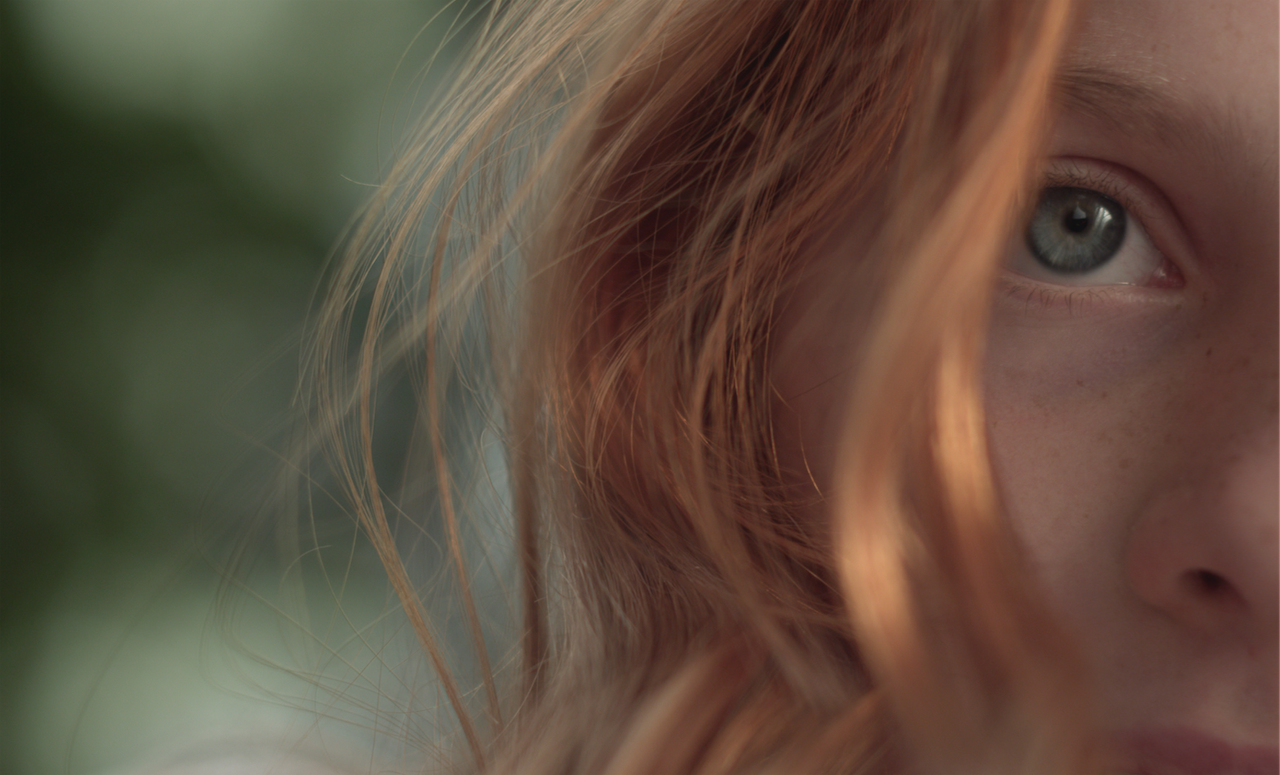
How did the shoot go ?
JVD : The shoot lasted seven weeks. We shot both in Bruxelles and the Walloon area. Mostly on two main sets : the hospital and Madeleine’s house. But we also did ten days in the forest, in nature, and some one off locations.
What camera and lenses did you choose ?
JVD : We shot with a Red Epic and Bausch&Lomb Super Baltar lenses.
It was the first time I had used them and I am very happy with their rendering and their softness. With my camera assistant, Adrien Lengrand, we did some comparative tests. I wanted to lose some of that digital sharpness. Louis-Philippe Capelle, from Eye-Lite, introduced me to these lenses and they convinced me. I also used glimmer filters a lot and smoke to soften the image.
What about the lighting ?
JVD : For me, it was important to have a light quite soft and natural. I imagined something quite pictorial, something that sublimates Madeleine’s beauty. I wanted the viewer to fall in love with her, like Mon ange.
In this film, you only see women, women that are loved by the character through whom we are seeing the story. So I wanted them to put a spell on us.
I mostly work with HMIs. Our biggest source was an ARRI M40. We had one for the length of the shoot, plus additionally two or three M18 grouped together for selected scenes. We used a lot of soft boxes, bounced lights, book-lights and a lot of diffusion. The sources were mainly used from outside at some distance, in order to obtain an interesting fall off in the sets. We used a lot of rags either white, grey or black just out of frame, which allowed us to alter the amount of light and contrast.
We also used Avolon Twins lights and particularly Kika. I like to use them on a boom at night or in low light. Having mobile or ceiling lights was helpful because it gave me more freedom to do camera moves. Pierre, the gaffer and I, we prepped the lighting plans before the start of the shoot. We knew what we wanted to achieve and we watched a lot of images together to inspire us . As it was our first feature film, we allowed ourselves to try different techniques in order to see what we liked the most.
Did you operate yourself ?
JVD : Indeed. It was mostly handheld for all the shots that showed Mon ange’s point of view. We had a Gecko, a small dolly that doesn’t boom up or down, but that is quite handy because it can get through narrow spaces. Regarding those shots, I would be walking or sitting on the Gecko and Tanguy Bienfait, the key grip would make me roll.
We discussed a lot with Harry about achieving the aesthetic of Mon ange’s point of view. We tested to see what it would be like using a gimbal, but in the end we chose to go handheld, because it gave the narration a more organic feel. We still used the DJI gimbal, as a remote head, for rotating top shots, booming up or down. It allowed us to make some beautiful contemplative shots, in spite of the small budget.
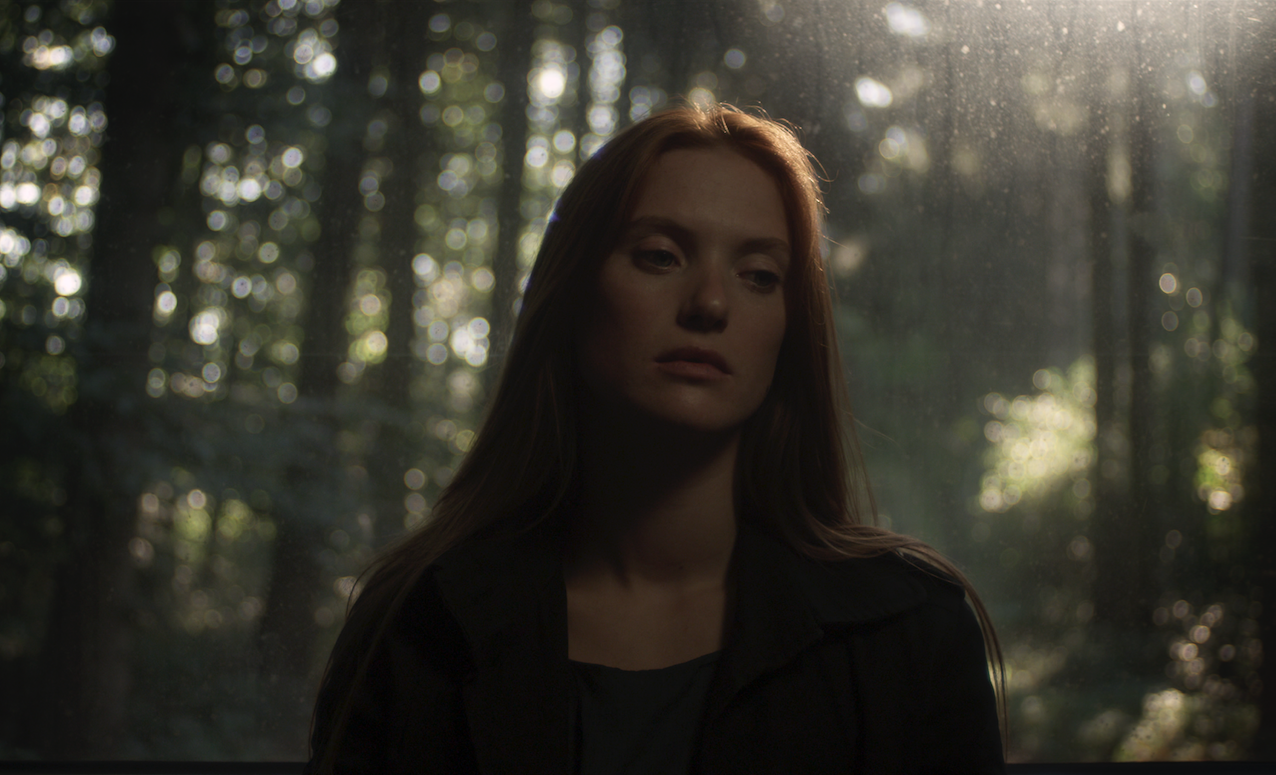
You have worked with friends, former Insas classmates as your crew, young people who are just starting out in the business like you. Wasn’t it hard to impose them on the production ?
JVD : The fact that we are quite young wasn’t a problem for the production. They were quite curious to find out about this new generation.
For me, it was really important to work with my regular team, because we learned everything together at Insas for the most part and I had faith in our way of working and communicating.
The collaboration went very well and each one had his place on set. There were six of us in my team : me, Pierre, and Jeremy Bourgois as the lighting crew, Adrien and Nicolas Fafchamps in the camera department, and Tanguy as the grip. We all help each other because we were few and there was a lot to handle. We took our time to discuss the shots together and I think that was very beneficial for the movie.
You almost always work with Pierre, your partner, as your gaffer. I find that to be very interesting and not that common. Could you tell me more ?
JVD : Yes, ever since I came out of Insas three years ago I have been working with Pierre as my gaffer. The fact that he is also my lover gives us more complicity. We really know what the other one likes and we understand each other quickly. Pierre is more technical and I am more artistic. I think we complete each other well.
He really is my first ally in my team, I know that if he is with me, the film will be good. And that is a great sensation to have when you start a shoot.
How did the work with the actors go ?
JVD : I had a beautiful relationship with the actors. It was particular because we played together. I loved having this complicity with them as I was playing myself a character in the film, the invisible man.
Little by little the actresses became closer to the technicians because the camera was their partner. We had to learn to care about each other and to breathe together.
How was the postproduction handled ?
JVD : The post took place at the studio l’Equipe. The grading lasted ten days in two parts. It was the first time I worked with Veerle Zelemaekers and I really enjoyed our collaboration. She listened carefully to my ideas and she has a sensitivity that is quite close for mine.
This step was very important, because the colors meant a great deal to the story. The grading allows this intention to grow.
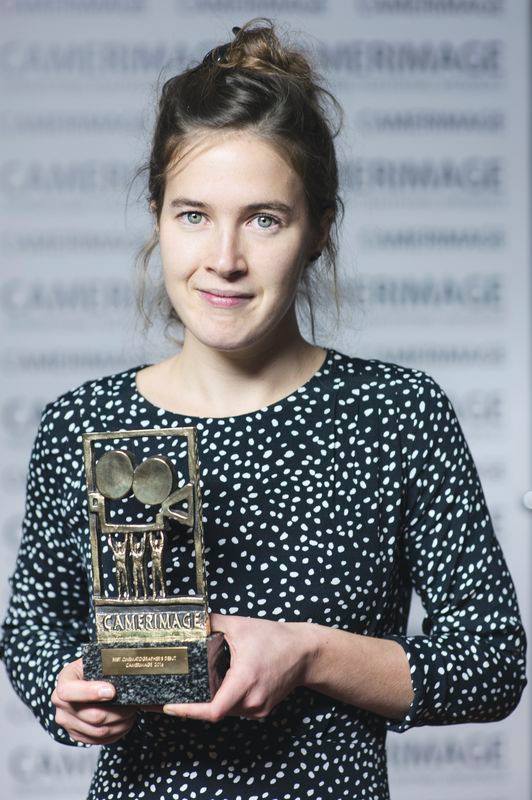
What do you think of the results ?
JVD : I am very happy with it. We went all the way for it and made some very outspoken choices. Now the film belongs to the audience .
It was very nice to see it for the first time among others in Camerimage. I could feel a lot of people in the audience were moved and intrigued by it and I had the opportunity to discuss this with them.
Congratulations on your award. It’s amazing considering your age and moreover in this rather masculine environment.
JVD : I did notice that at Camerimage I was the only woman selected in both feature film categories. 15% of the nominees of all categories were women this year and finally there were 25% who won an award.
I think the opportunities aren’t quite the same for women as for men. And sadly in quite a lot of domains. I am lucky enough to have never suffered from it professionally until now.
But it’s true that the film industry is mainly a male environment and it’s not always easy to be taken seriously as a young women.
I don’t like to think about women and men separately. I think you can have more feminine or masculine sensitivity in spite of your gender.
What are your projects for the future ?
JVD : For the time being I am working mainly on short films. It enables me to learn and to try different ideas and ways of working because the projects are very diverse. The directors with whom I work do mostly shorts and I like working with them on this projects.
Of course I hope I will have the opportunity again to do a feature film shortly.
Besides that I also work as an assistant camera and camera operator on drama and on the short-lived movie shows “Kiss&Cry” and “Cold Blood” by the Kiss&Cry collective. The visual creation was imagined by the DOP Julien Lambert. It’s a pleasureful and different experience from what one has on film sets.
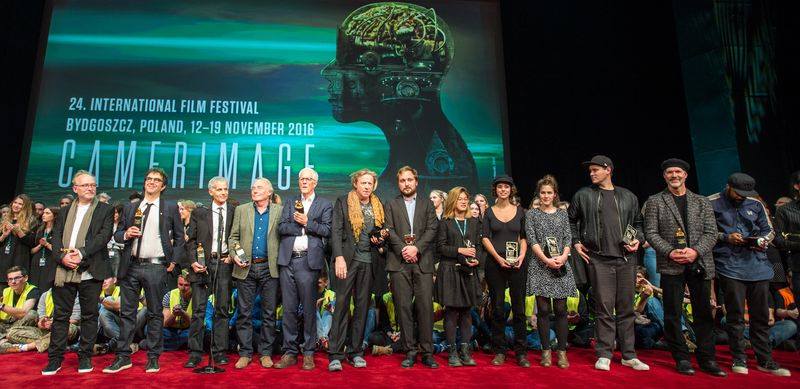
Material :
Camera & light : Eye Lite
Grip : KGS
Grading : Studio l’Equipe
Technicians :
1st CA : Adrien Lengrand
2nd CA : Nicolas Fafchamps
Gaffer : Pierre de Wurstemberger
Electrician : Jeremy Bourgois
Key grip : Tanguy Bienfait
Colorist : Veerle Zeelmaekers
VFX : Willy Le Bleis & Marc Hericher
